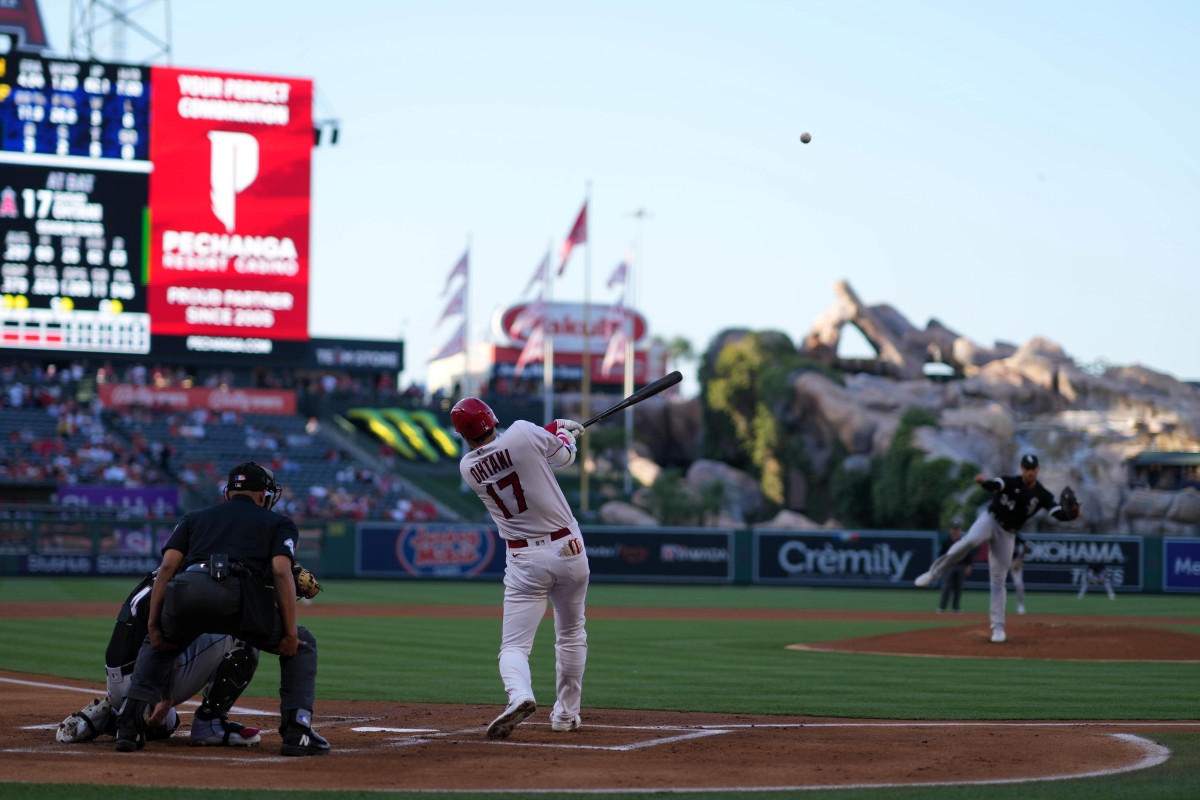With Shohei Ohtani, Baseball Feels Limitless

It feels trite to say that Shohei Ohtani creates stat lines baseball has never seen before.
The numbers speak for themselves—twin rows of greatness in separate parts of the box score. For a while, it felt redundant to note that he was the first player to accomplish a particular feat since Babe Ruth. Obviously: Who else? But now, with his achievements in a different stratosphere, it feels redundant to note that he is the first player to accomplish something. Better to leave it unsaid. Why imply that it might be even theoretically possible for another player to do this?
So, no, Ohtani’s power is not really captured by the numbers. Those get bigger, better, more impressive—fine. The numbers are straightforward enough. His power is better understood through something more abstract. It’s the expectations he subverts. You think you understand the framework of the modern game. You think you know what is supposed to be possible here. You’re familiar with all the old narratives, the places where one thing should logically follow another, and then—here is Ohtani. Here is something you did not realize you were allowed to imagine.

Take, for example, what happens after a pitcher leaves the mound with a trainer. This is universally, correctly understood as bad. The team can issue an update that it’s not serious, all is fine, not to worry—it doesn’t matter. The cost of modern pitching is fragility, and every fan knows what it’s like to hear that a pitcher is fine only to learn soon after of season-ending surgery. Smaller ailments can feel nearly as destabilizing. A blister can steal weeks. Soreness can take months. There is no such thing as total peace of mind here. If a pitcher has left with a trainer, no matter what the club says, there is no real confidence here until you see him play again.
Watch the Angels with fuboTV. Start your free trial today.
Ohtani left with a trainer in the seventh inning of Tuesday night’s contest against the White Sox. The game was close (2–1, Angels, with two runners on and one out), and though Ohtani was at 102 pitches, pulling him felt notable given the state of this bullpen. He’d struck out 10. It was clearly one of the many, many nights when Ohtani was the best option available for the Angels, even if somewhat diminished this late into the game. To pull him after a lengthy conversation with the pitching coach and then the trainer—well, that meant something, and even if it ultimately wasn’t bad, it certainly wasn’t good.
For a bit, it seemed as if the rest of the game might follow a sadly familiar script for the Angels. The reliever promptly allowed a run to score. The game was now tied; Ohtani’s glistening night seemed like it might be for naught. So goes the ballad of Tungsten “Arm” O’Doyle.
And then Ohtani came to the plate in the bottom of the inning. It had been a little more than 10 minutes since he had departed with the trainer. He took a ball low and watched a called strike. And on the third pitch, he swung, driving it straight to the opposite field. Ohtani had regained the Angels’ lead with a solo home run. The team soon announced he had left the mound with a cracked fingernail. The detail felt almost extraneous—Ohtani had already erased all the anxiety. He’d written over all the typical fears.
The box score caught the numbers: 3-for-3 with two home runs and a walk, 10 strikeouts in 6.1 innings pitched, a win. It didn’t catch the sense of possibility. It didn’t catch the substance of the twist. It didn’t catch the question of what he might do tomorrow, and the next day, and the next, and whether there might not be any limit to what he could do at all.
